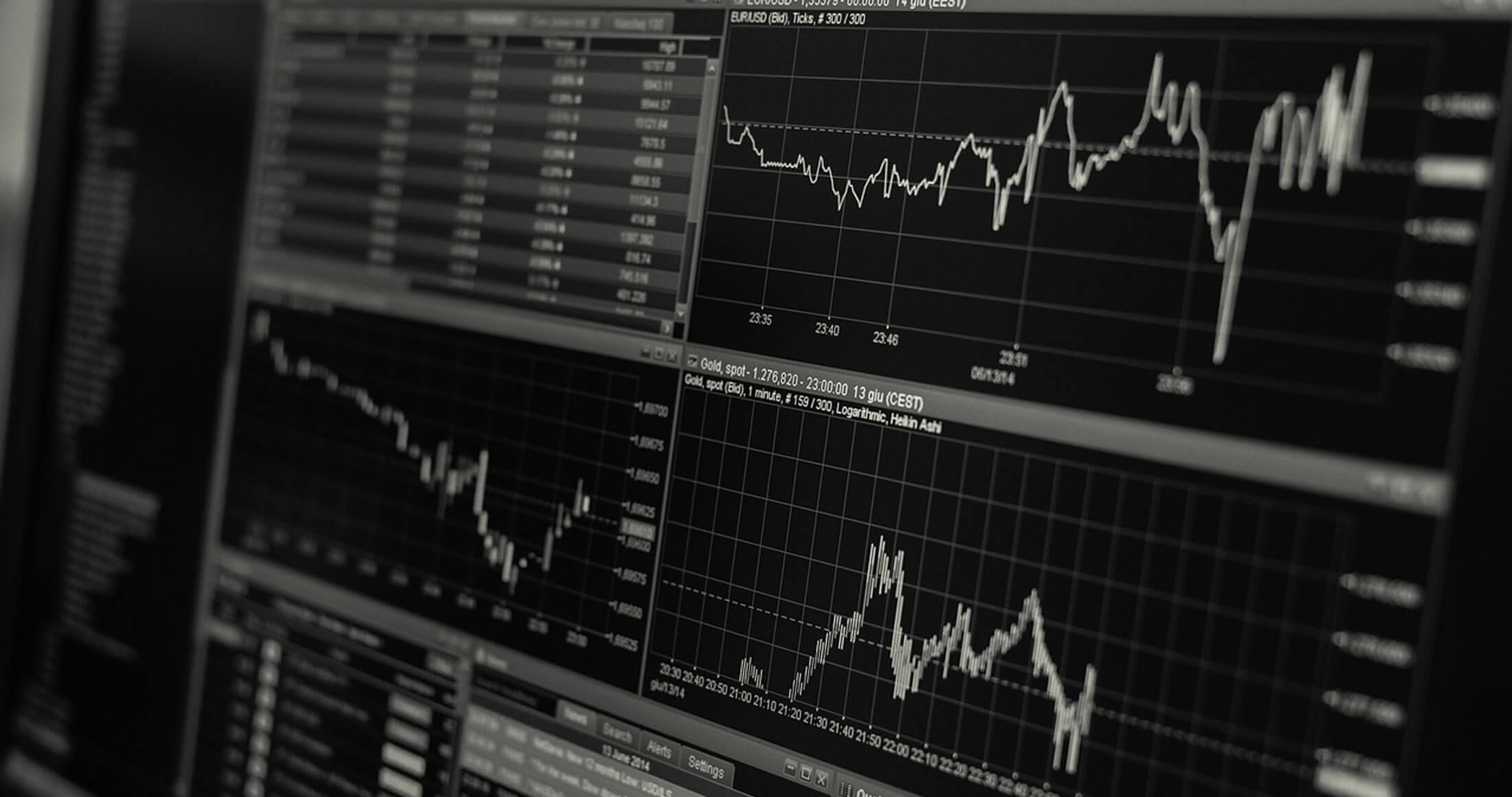
There is nothing as disturbing to one’s well-being and judgment as to see a friend get rich
Charles Kindelberger
Consider the following hypothetical: We have two different 15-year time periods. In the first period, your portfolio earns a 9.5% annualized return while in the second it earns 12.5%. Under which scenario would you be more pleased? To put this into dollars, if we assume an investment of $1 million, the first period yields a value of approximately $3.9 million 15-years hence, while the second yields $5.85 million. Seems like a trick question, doesn’t it?
Now let’s suppose that in the first time period, your portfolio beat the returns of your preferred benchmark, but in the second time period, it did not. If you would be happier with the 9.5% return/“beat” scenario, then you view the success of your results in the context of relative returns—beating a benchmark. If you would be happier with the 12.5% return/“did not beat” scenario, then you put more value on absolute returns—compounding wealth at as high a rate as possible
| Annualized portfolio returns | Compared to benchmark return | Investor preference | |
|---|---|---|---|
| Time Period 1 | 9.50% | Beat | Relative returns |
| Time Period 2 | 12.50% | Did not beat | Absolute returns |
We understand that some of our clients determine whether we are doing a good job by comparing our performance to some benchmark. But at Harris Associates, we have always emphasized the importance of absolute returns over relative. Ultimately, our goal is to compound wealth at a reasonable rate of return while constructing portfolios that adhere to our clients’ objectives and tolerance for risk.
To put this into a more practical context, when our financial planning team creates a wealth plan for a client, we ask a number of questions about the client’s current financial situation and what they would like to achieve over the coming decades. To date, we have not had anyone tell us that their long-term financial objective is to beat a certain benchmark. Rather, they’d like to live comfortably, go on vacations, pay for kids’/grandkids’ college, weddings, bar/bat mitzvahs, retire, be charitable… you get the idea. In all of those cases, it is the absolute return of their portfolios that matters (i.e., have we created enough wealth to provide their desired life-style?) We understand that it can be frustrating when our investment strategy doesn’t always perform as well as some others. But there will always be people who make money in things we don’t understand or otherwise do not feel is in the best interest of our clients.
Now this begs the questions as to what is the appropriate benchmark to compare your Harris Associates portfolio. The short answer to that is there is no perfect benchmark for comparison. We manage our clients’ portfolios to maximize returns. Therefore, our portfolios will rarely share the same characteristics as the most widely referenced stock indexes. With that said, the S&P 500 is perhaps the best known and most broadly discussed benchmark in the financial news. We are often compared to this index even though we believe it has some meaningful shortcomings. One interesting data point to consider: in 2024, just seven stocks in the S&P 500 contributed to over 50% of its returns. As such, in our view, the S&P 500 carries much more concentration risk than most people likely realize, which is a primary reason why using it as a basis for comparison may not be wholly informative. If forced to provide an answer, we would say that the most representative index, given our style of investing, would be the Russell 1000 Value… but again, even that is not a perfect proxy.
When we look to invest your capital, we dig deep into company fundamentals. We do not spend a lot of time trying to anticipate what the economic or political environment will look like. The most recent U.S. presidential election is still top of mind for many. There are two things we know about elections: 1) Slightly more than half of the country will be happy and optimistic about the next four years and 2) slightly less than half of the country believes the world will end (or some variation thereof). Somewhat surprisingly, there is no precedent where the stock market’s long-term performance has been unusually affected by who is in office.
Consider an investor who put $10,000 in the S&P 500 in 1961 through the end of 2023. If they had stayed invested only when a Republican was president, they would have made a total return of just over $100,000 versus more than $500,000 for Democrats. But had one stayed invested the entire time, they would have amassed over $5,000,000! We do not allow politics to play into our investment strategy as history has been convincing on the likely result.
Whether it is politics or the economy, investors are constantly bombarded with dire sounding headlines, such as “Crucial monthly inflation report coming out” or “Stock futures steady as investors wait for critical employment report.” For long-term investors, rarely is there a single datum point that is either critical or crucial. Whatever the concern du jour is, being in the market only when it feels comfortable has proven to be very expensive.
Our “fight or flight” instinct served us well during prehistoric times when a lion or some other legitimate physical threat introduced itself. When we see our investments decrease in value, the same part of our brain gets triggered as if we were being threatened. For the investor, this more often than not proves counterproductive, causing one to zig when they should have zagged, as it were. Staying the course and doing nothing may seem boring or even irresponsible in the face of possible threats, but it is frequently the best course of action.
When there’s nothing particularly clever to do, the potential pitfall lies in insisting on being clever.
Howard Marks
To elaborate a bit, since the year 2000, we have endured four brutal bear markets (are there any other kind?!). Yet, at the end of 1999, the S&P 500 stood at 1,469 compared to nearly 5,900 today. Staying invested throughout wouldn’t have always felt good, but it is highly probable that far more wealth was destroyed exiting the markets during periods of weakness and trying to find “the right time” to get back in.
While we continue to find quality companies trading at attractive prices, there are many parts of the market that look expensive to us. The S&P 500 is trading at around 22x 2025 earnings (well above its historic average), with many of its largest constituents trading at significant premiums to that. The last time the valuation of the S&P 500 looked this stretched was probably during the dot-com era. Interestingly, back then Nvidia was too small a company to be included in that index, Google had not yet gone public, Facebook didn’t exist, Apple’s iPhone was nearly a decade away from its initial release, and Amazon sold primarily books—how quaint! These now household names have replaced the most dominant companies of that time, think AOL, Enron and BlackBerry—all of which are now just footnotes in the annals of spectacular company collapses. It is likely that the big winners of tomorrow have not been widely discovered or perhaps have not yet even been conceived.
As for what 2025 may hold for the stock market, we will leave those predictions and forecasts to Wall Street strategists, experts and pundits (as they proclaim themselves) to see if they can actually get it right for once. Despite a track record that is extraordinary in its ineptitude, they will not be deterred from trying…again. Just a few weeks ago a CNBC headline read, “Why Wall Street’s S&P 500 forecast for 2025 is likely to be ‘way off.’” Well, I’ll hazard a guess here …because they are almost ALWAYS way off!
In the meantime, we will spend our time and resources in pursuit of uncovering the winners of tomorrow by applying our consistent approach of looking for underpriced companies, whose value is growing, and that are run by sensible, shareholder friendly management teams.
As always, we thank you for entrusting us with your investment assets and your continued support. Lastly, the best compliment we can receive is a referral from a satisfied client. We appreciate your referrals and handle them with the utmost care.
Everyone here in Private Wealth Management at Harris Associates wishes you and your families a healthy and prosperous 2025!
Past performance is no guarantee of future results. Current performance may be lower or higher than the performance data quoted. The gross performance presented does not reflect the deduction of investment advisory fees. All returns reflect the reinvestment of dividends and capital gains and the deduction of transaction costs. The client’s return will be reduced by the advisory fees and other expenses it may incur in the management of its account. The advisory fee, compounded over a period of years, will have an adverse effect on the value of the client’s portfolio.
The information, data, analyses, and opinions presented herein (including current investment themes, the portfolio managers’ research and investment process, and portfolio characteristics) are for informational purposes only and represent the investments and views of the portfolio managers and Harris Associates L.P. as of the date written and are subject to change without notice. This content is not a recommendation of or an offer to buy or sell a security and is not warranted to be correct, complete or accurate.
Certain comments herein are based on current expectations and are considered “forward-looking statements”. These forward looking statements reflect assumptions and analyses made by the portfolio managers and Harris Associates L.P. based on their experience and perception of historical trends, current conditions, expected future developments, and other factors they believe are relevant. Actual future results are subject to a number of investment and other risks and may prove to be different from expectations. Readers are cautioned not to place undue reliance on the forward-looking statements.
The S&P 500 Total Return Index is a float-adjusted, capitalization-weighted index of 500 U.S. large-capitalization stocks representing all major industries. It is a widely recognized index of broad, U.S. equity market performance. Returns reflect the reinvestment of dividends. This index is unmanaged and investors cannot invest directly in this index.
The Russell 1000® Value Index measures the performance of the large-cap value segment of the U.S. equity universe. It includes those Russell 1000® companies with lower price-to-book ratios and lower expected growth values. This index is unmanaged and investors cannot invest directly in this index.
All information provided is as of 12/31/2024 unless otherwise specified.





